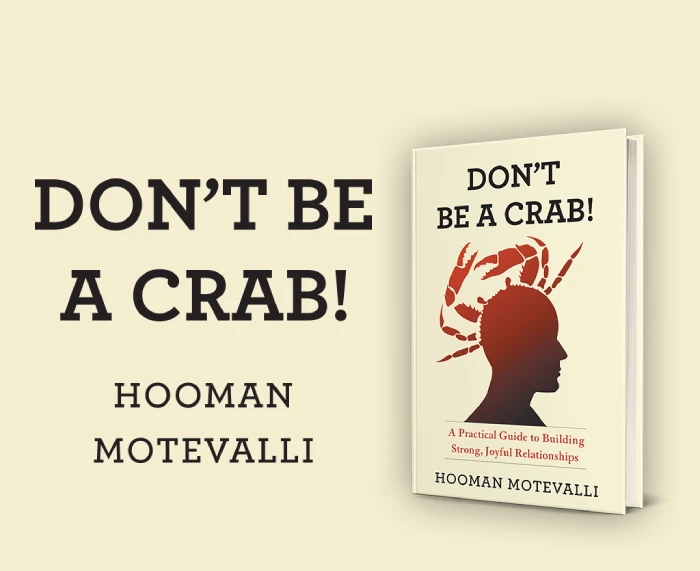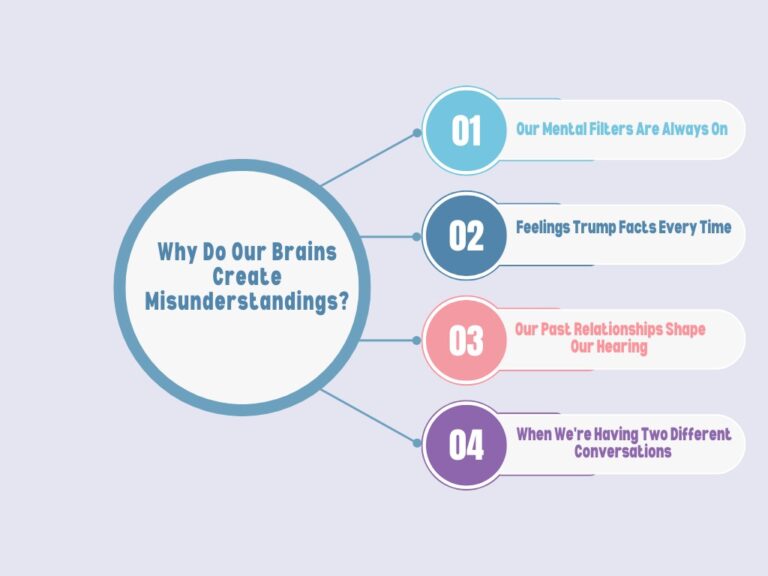In our everyday lives, we are constantly bombarded with negative thoughts, self-doubts, and unwanted emotions. These feelings can be about ourselves, circumstances, jobs, or the world.
When you fail to control these undesirable feelings, you feel sad, anxious, depressed, unmotivated, and discouraged. These feelings can spiral into other areas of your life and impair your ability to perform optimally.
While it may be impossible to prevent your mind from dwelling on these negative thoughts, you can learn to control your mind and master your feelings in a way that does not harm your mental and emotional well-being.
Positive thinking is a powerful technique to help you control your mind to overcome negative thoughts and emotions. When you focus on the positive, it is not an escape from the reality of your surroundings; instead, it’s a way to create a reality where you are in control of how you feel—focusing on the good things, even when life tries to be a thorn in your flesh.
Rather than grumbling and allowing the situation to overpower you, you can be happy, believing in yourself and your ability to overcome that challenge. When you have a positive mindset like this, you are likelier to experience optimism and motivation toward everything you do.
Perhaps you want to change your perspective on life, start a new relationship, change your attitude towards your job, or want to be happy and live a fulfilling life. In this post, you’ll learn how positive thinking can help you control your mind and be the master of your feelings.
Let me show you how:
Identifying Negative Thoughts
The first step towards positive thinking is identifying the negative thoughts and emotions that affect your behavior because what you think and say to yourself can impact what you can or can’t do.
Once you become aware of the thoughts and emotions holding you back, you can challenge them and replace them with positive ones.
Five signs you might be a negative thinker:
- You set impossible goals to achieve in one day, constantly setting yourself up for failure.
- You always look for and accept evidence to justify every bad thing that happens to you.
- You anticipate that things will turn out badly by drawing negative conclusions about events yet to happen.
- You think it’s all or nothing. Either you get a perfect score, or that exam didn’t go well.
- You work yourself up and think about the worst that can happen in every situation.
If you fall into any of these categories, it’s not your fault. You often don’t recognize your nature of thoughts and reactions to an event until it becomes a habit, and your mind responds accordingly each time.
What other situations make you feel like you’re not good enough, leaving you with self-doubt, anxiety, and stress? Note them down.
This self-reflection might be challenging, but it’s the first step you must take to overcome negative thinking.
Now that you’ve learned how to identify those negative thoughts, let’s see how to challenge them.
Challenging Negative Thinking
Why are those thoughts considered harmful? It’s not simply because of how you feel, but rather because of what they do to you.
It’s not enough to identify them and magically change those thoughts into positive ones. Challenging your negative thoughts helps you understand why your view is toxic or not helpful.
Simply telling yourself, “I will overcome” or “I can do this,” is not enough to effect a change. Your negative thoughts will probably win because they are well-grounded in your subconscious.
Instead, start by asking yourself these questions:
5 Questions To Help You Challenge Negative Thoughts And Emotions:
- Are these thoughts helping me in any way?
- Do I know for sure about the outcome of this situation?
- Am I 100% certain?
- What evidence and facts do I have to back up my thinking?
- Is what I am thinking true?
- Is there anything positive or good about the situation I’m thinking about?
Recognizing that your negative thoughts and emotions don’t make you feel any better can help you look at things from a different perspective.
Replacing Negative Thought Patterns
When you challenge your negative thoughts, you are inherently interrupting the negative thought patterns and replacing them with positive reviews that give you more control over how you react.
3 Positive Thought Patterns To Replace Your Negative Thoughts With:
- It would help if you were more willing to acknowledge that several factors outside your control determine your successes and failures—weather, random events, and people’s actions.
- When you blame people for your current circumstances, you give them the power to control your thoughts and emotions. The best person to be held responsible is you. Take responsibility and learn from your mistakes.
- There’s a limit to how much you can achieve in a day, and there’s a limit to how much the human body can earn. Make realistic plans and goals according to your strengths.
These thought patterns encourage you to let go of the negative thoughts and emotions that drain your energy. Instead, expend that power on positive actions I’ll share with you.
Taking Positive Action
You’ve learned how your mind can control your emotions and thoughts based on your beliefs. You’ve also known how to challenge them.
So, what’s next?
It would help if you were clear on what you want or need. You can attract negative thoughts through the words you speak to yourself. If you think you’ll never be good enough, then you’ll never be good enough.
Training your subconscious mind to think of positive outcomes can help you attract a positive reality you can experience right now. But positive thinking alone cannot draw that reality; you must also do something.
You must plan and put in time to create that reality yourself.
5 Ways To Create Achievable Goals:
- Create a list: What do you want to achieve in your personal life, career, or health? Do you want to be able to jog a mile without running out of breath or lose weight? It could be a skill you’d like to learn or improve. Whatever it is, could you write it down?
- Prioritize: Once you have a list of your goals, narrow it down to the most important ones. That way, you can focus on the right things at the right time.
- Be specific: Make sure your goals are specific, measurable, achievable, relevant, and time-bound. Focus on working consistently toward achieving each goal, one at a time.
- Track your progress. This will help your brain visualize how far you have come and stay motivated as you get closer to what you want.
- Celebrate your successes. Be proud of small wins and be prepared to change course during an unexpected event. It doesn’t mean you’re giving up; it just means you’re open to other ways to achieve your goals.
When you combine positive thinking with positive actions, you get positive results.
Practicing Gratitude
When we appreciate and focus on the good things in our lives, it becomes easier to see the world positively and spread that to others. Gratitude helps us feel happier, more optimistic, and more content.
Cultivate a positive mindset by dedicating time each day to acknowledge what you’re grateful for. Inculcating this one habit can impact your mental and physical health.
3 Ways To Practice Heartfelt Gratitude:
- Write it down: Be specific about the things you’re grateful for as you note them down. Be it a journal or an app on your phone, just have a place where you can regularly write down the things you’re grateful for.
- Enjoy the present: It’s easy to get lost in past events or the future, and doing this sometimes births unwanted emotions. Gratitude is about appreciating the present moment—where you are right now, irrespective of the circumstance.
- Extend your gratitude to others: Reach out to friends, loved ones, and family. Tell them how happy you are to have them in your life. This will help you become a more cheerful person, and it will also help you build a stronger relationship with them.
Remember to think of gratitude first when you feel like you’re falling into negative thoughts and emotions again.
Conclusion
This article taught you to become more aware of your negative thoughts and emotions. When conscious of them, you’re better positioned to control them and use them as cues for positive action.
Challenging the negative thought patterns imprinted in your subconscious mind and replacing them with positive ones will not make you feel happier or more fulfilled; instead, they’ll help you see things from a better perspective where you’re in control of your feelings.
Remember to make realistic plans and enjoy every moment you achieve your goals. Take on every challenge that comes your way head-on, knowing you’ll overcome it, and always give thanks.
If you are still interested in learning how to control your thoughts and become the master of your feelings, you can take a step further by enrolling in my next training program, “Convert Confusion into Clarity.” This training offers a step-by-step guide on thinking positively and banning negative thoughts and emotions.









